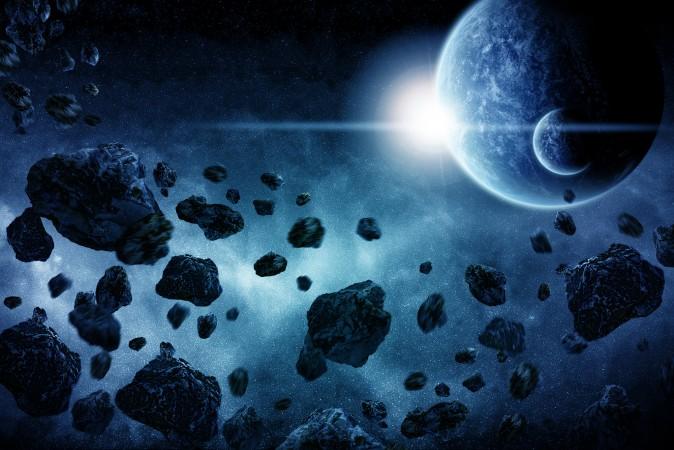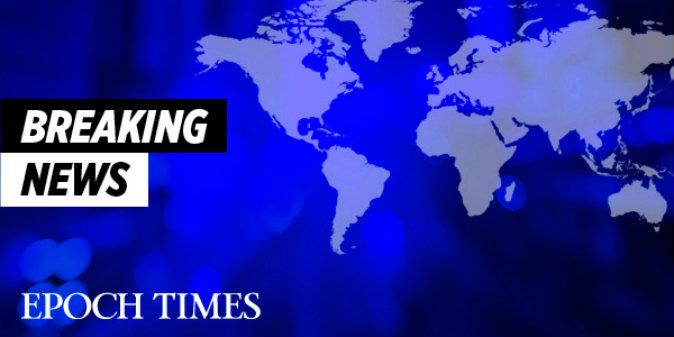Yes they could hit us, but NASA says they aren’t likely to anytime soon.
Using a spacecraft known as NEOWISE aka New-Earth Object Wide-field Survey Explorer, NASA hunts down near-Earth objects (NEOs) yearly and submits reports based on their findings.
On average, these objects are many hundreds of meters across.
, NEOWISE




